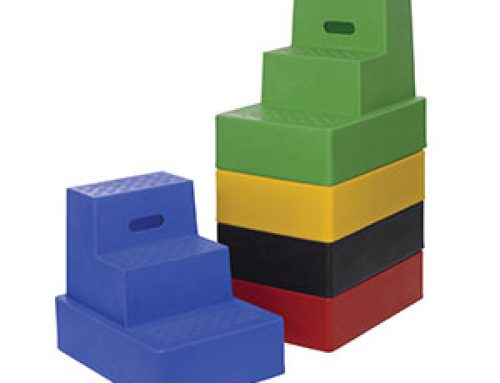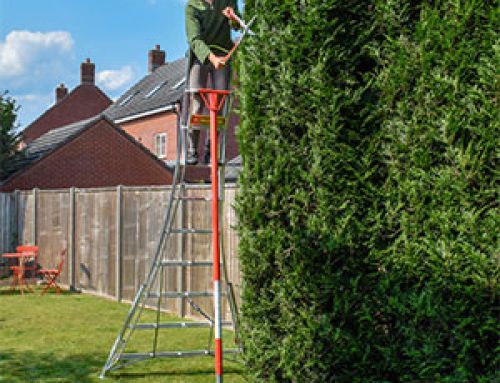A Somerset window cleaner had a lucky escape recently when quick thinking in mid air saved his life. Jon Richardson was cleaning windows up a ladder in Taunton when the  ladder slipped out from under him. Falling 2.5 metres to the ground, Jon realised he was heading straight for the railings below him, which would have impaled him in the stomach. Sticking his foot out in free fall meant that his foot got stuck on the railings rather than his torso, saving his life.
ladder slipped out from under him. Falling 2.5 metres to the ground, Jon realised he was heading straight for the railings below him, which would have impaled him in the stomach. Sticking his foot out in free fall meant that his foot got stuck on the railings rather than his torso, saving his life.
He was cut free by firefighters, and taken to Musgrove Park Hospital with the spike still embedded, where it was removed and the injury cleaned up. He is expected to be off work for six weeks while he recovers, but it could easily have been a lot worse.
Luckily for Jon there were people around to help and call an ambulance, but on more isolated sites you may struggle to find help or even someone who knows first aid. First aid training and a basic first aid kit are essential for people working with ladders regularly, as accidents related to falls and slips can be serious and require emergency medical treatment. In Jon’s case, where a metal object was stuck through the foot, trained doctors are needed to remove the foreign body without the risk of more bleeding.
Ladder Safety – First Aid Training
 Basic first aid is designed to stabilise a casualty and stop any bleeding before emergency services arrive to take over, and training focuses on treatment of common injuries such as burns, cuts, sprains, breaks and becoming unconscious. Training courses have to cover a set syllabus, but there are always opportunities to focus more on the types of injuries and accidents that are likely to occur when using ladders. As first aid advice changes regularly (I’m sure you all know about seven versions of the recovery position!) it is wise to regularly attend training and refresher courses, especially as these are required to keep your first aid certificate up to date.
Basic first aid is designed to stabilise a casualty and stop any bleeding before emergency services arrive to take over, and training focuses on treatment of common injuries such as burns, cuts, sprains, breaks and becoming unconscious. Training courses have to cover a set syllabus, but there are always opportunities to focus more on the types of injuries and accidents that are likely to occur when using ladders. As first aid advice changes regularly (I’m sure you all know about seven versions of the recovery position!) it is wise to regularly attend training and refresher courses, especially as these are required to keep your first aid certificate up to date.
Common injuries to occur when using ladders are strains and sprains caused by missing rungs or feet slipping, falls from any height and the associated injuries such as breaks, cuts and concussion. If you do not know first aid, it’s best to find someone who does, as it is easy to make a situation worse by doing the wrong thing. In the most basic sense, compression and elevation are the two things that apply to nearly all injuries. Any bleeding injuries need compression to stop the bleeding, as well as elevating the affected part higher than the heart to reduce the blood flow (this may mean lying down). This advice also applies to sprains and strains: elevate the affected part and apply ice to reduce swelling. Simple bone breaks can also be elevated and iced, although it’s best to seek the advice of a first-aider in all these situations.






Leave A Comment
You must be logged in to post a comment.